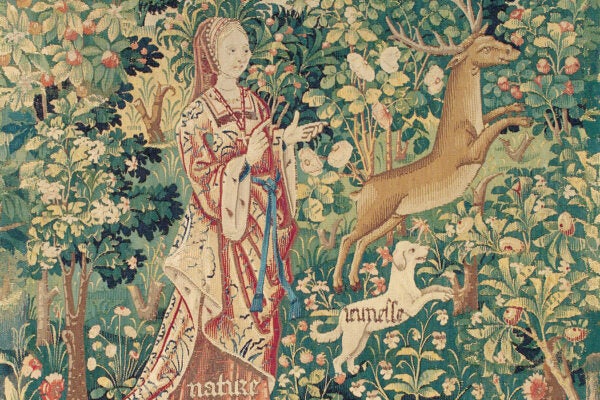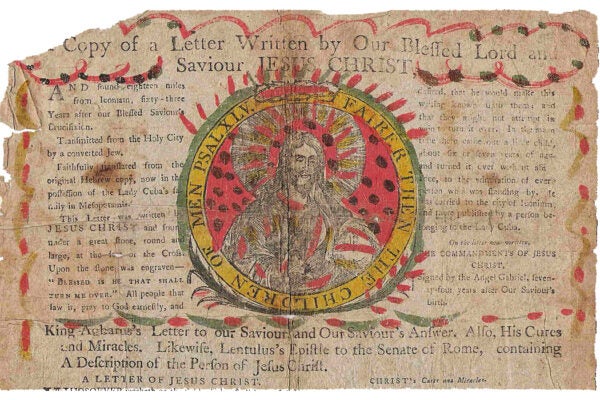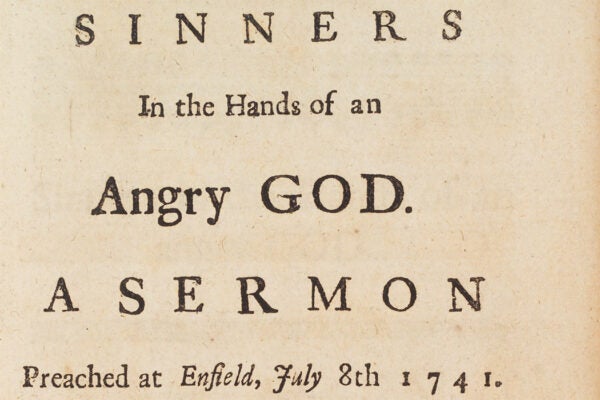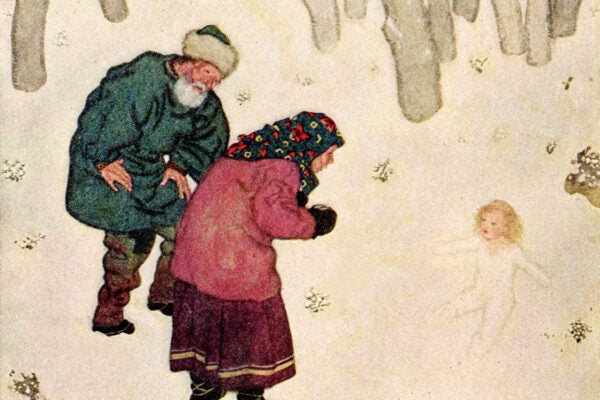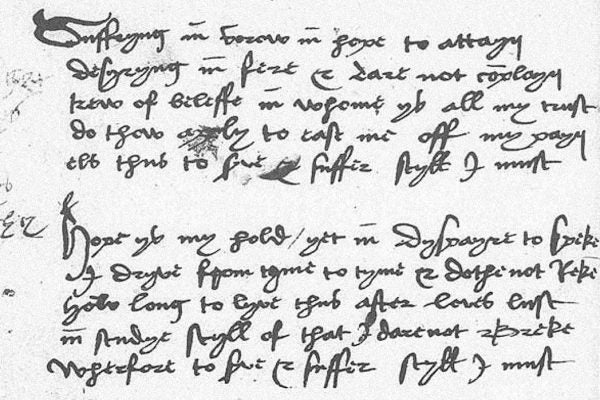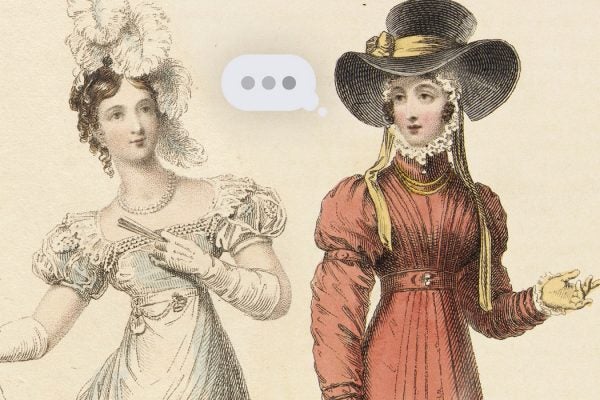I Hear America Singing
Japanese American poet Garrett Hongo is a guiding spirit to a glorious cacophony, an exuberant collective thrum made of different tongues and peoples.
A Garden of Verses
As commonplace books evolved into anthologies, they developed reputations as canonical works, their editors curating tomes as vibrant as the loveliest bouquets.
Reading “The Book of Nature”
Beginning in the Middle Ages, the natural world was viewed as a Christian parable, helping humans to give divine meaning to plants, animals, and the heavens.
Himmelsbriefe: Heaven-Sent Chain Letters
For more than a thousand years, people have used letters allegedly written by Christ as both doctrinal evidence and magical charms.
Sylvia Plath’s Fascination with Bees
The social organization of the apiary gave Sylvia Plath a tool for examining her aesthetic self, even as her personal world slipped into disarray.
Sinners in the Hands of an Angry God: Annotated
Jonathan Edwards’s sermon reflects the complicated religious culture of eighteenth-century America, influenced not just by Calvinism, but Newtonian physics as well.
Edmund Dulac’s Fairy Tales Go to War
One of the best-known illustrators of the “golden age of children’s gift books,” Dulac was also a subtle purveyor of Allied propaganda during the Great War.
The Devonshire Manuscript
The sixteenth-century handwritten collection of poetry and commentary offers a glimpse of intellectual life at the court of King Henry VIII.
Is Jane Austen the Antidote to Social Media Overload?
Racking up likes and followers today resembles the nonstop friending of 19th-century England. But Austen's characters figured out how to disengage.
The Strange Case of Daniel Defoe’s Civet Scheme
In the 17th century, these animals were prized for their musk. So when the not-yet-famous writer Daniel Defoe needed quick cash, he turned to civets.


